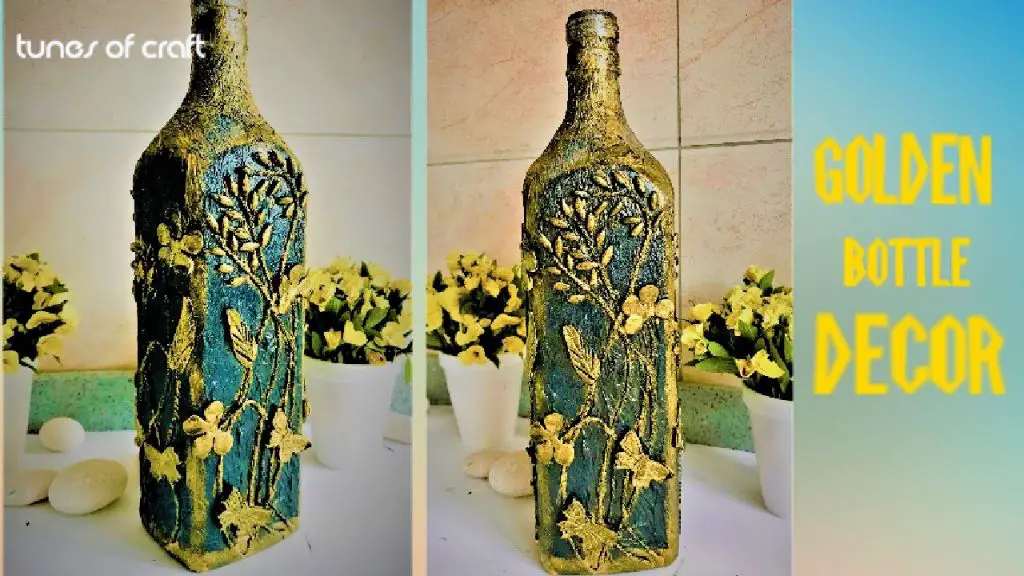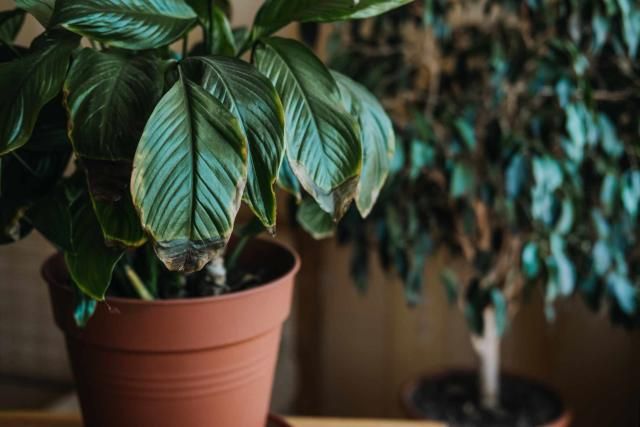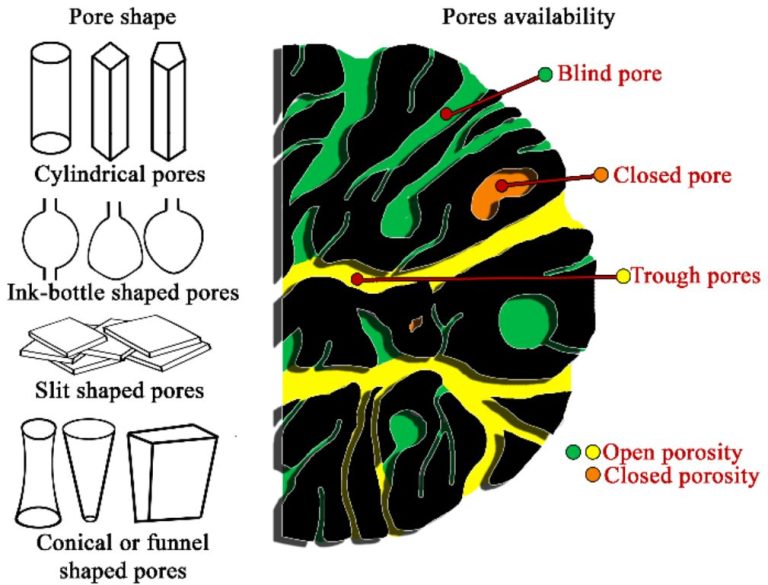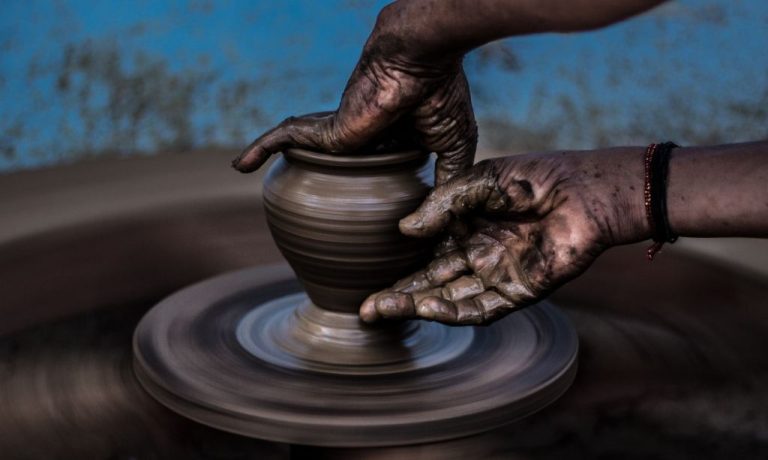Can I Use Air Dry Clay For A Vase?
What is Air Dry Clay?
Air dry clay is a modeling material made primarily from clay and a non-toxic glue such as cellulose. Unlike firing clay that needs to be hardened in a kiln, air dry clay dries and hardens naturally at room temperature through evaporation.
It is softer than traditional clay and has a lightweight, porous composition that makes it easy to mold and shape.
Some common brands of air dry clay include Craft Smart Natural Clay, Amaco Air Dry White Clay, and Das Air Hardening Modeling Clay. It is available in bright colors as well as natural earthen hues.
Air dry clay can be molded and shaped by hand without any special tools. It has a smooth, doughy texture that maintains its form as it air dries. Compared to polymer clay, air dry clay remains workable for longer but also takes longer to fully cure and harden.
Advantages of Air Dry Clay for Vases

One of the key advantages of using air dry clay for making vases is that it’s lightweight. According to Art to Art, air dry clay is much lighter in weight than traditional clays that require firing in a kiln. This makes it easier to work with and more suitable for delicate pieces like vases that you may want to hold in your hands.
Air dry clay is also very easy to work with and manipulate into different shapes. As described by The Art of Education, air dry clay remains malleable even as it starts to dry, allowing more time to sculpt smooth curves and embellishments for your vase. The clay doesn’t become rock hard right away when exposed to air like some clays.
Another advantage is that air dry clay doesn’t require any baking or firing to cure and harden, which makes the process faster and more accessible. You can simply shape your vase and allow it to dry at room temperature. This also makes air dry clay a great choice for beginning crafters or artists who don’t have access to a kiln.
Finally, air dry clay is very affordable and lower cost than many polymer or firing clays. Prices for air dry clay typically range from $5-$20 per package, making it budget friendly for creating fun crafts like vases even with limited funds.
Disadvantages of Air Dry Clay
While air dry clay offers many benefits in terms of accessibility and ease of use, it does have some drawbacks to consider when deciding if it’s the right material for your project. Some of the main disadvantages of air dry clay include:
Less durable than baked clay – One of the biggest downsides of air dry clay is that it is less durable than polymer or ceramic clays that undergo high temperature firing. Air dry clay will be more prone to chipping, cracking, scratching or breaking over time compared to fired clays1. So air dry clay may not be the best choice for pieces intended for heavy use or outdoor display.
Can crack or chip over time – Air dry clay’s drying process involves the evaporation of water rather than a chemical change through firing. This means the bonds holding it together can weaken over time, leading to cracking or chipping issues. Proper sealing and handling is required to maximize durability.
Limited finishing options – Unlike fired clays, air dry pieces can’t be sanded or refined after drying. The painting and sealing options are also more limited compared to fired ceramics. So achieving very smooth refined surfaces with air dry clay can be challenging.
Best Practices for Making a Vase
When making an air dry clay vase, it’s important to follow some best practices to ensure a high quality finished product. Here are some key tips:
Shape the vase on a solid base. The easiest way is to wrap the clay around a sturdy bottle, can, or other cylindrical object. This will help the vase maintain its shape as it dries. Remove the base object before baking or sealing the clay. Be sure to work on a flat surface for stability (source).
Allow proper drying time. Air dry clay needs ample time to dry thoroughly before baking or sealing. Drying time depends on factors like climate and thickness of the clay, but can take 1-7 days. Don’t rush the drying process or the clay could crack. Store in a dry, ventilated area while drying.
Seal with an acrylic spray. Once fully dry, spray the vase with an acrylic sealer. This helps protect the surface and prevents dust and dirt from accumulating in the clay’s pores. Apply 2-3 thin, even coats allowing each to fully dry before the next application (source).
Creative Techniques to Try
One of the best things about working with air dry clay is that it lends itself well to creative embellishment. Here are some techniques to make your vase unique:
Add Texture with Tools
Use clay tools like rollers, cutters, and sculpting loops to add interesting textures to your vase. Roll over the surface with a roller edged with ridges or patterns to create an embossed look. Use loops and cutters to carve shapes and designs into the clay (Source).
Layer Contrasting Colors
Knead and blend two or more colors of air dry clay together to create a marbled effect. Or, layer solid colors on top of each other for an ombre look. Cut or etch into the layers to reveal the colors underneath.
Embellish with Beads, Paint, Foil
Consider adding further embellishments to your finished vase for extra dimension. Glue on beads, sequins or buttons. Brush on acrylic paints or use Rub n’ Buff for metallic finishes. Adhere strips of colored foil for shine.
Air Dry Clay Brand Comparison
When choosing an air dry clay brand for making vases, some of the most popular options include:
Sculpey Air Dry Clay
Sculpey Air Dry Clay is a lightweight, non-toxic clay that air dries to a hard, durable finish. It’s available in white and terracotta colors. Sculpey clay holds fine detail well and can be sanded, drilled, and painted once dry. It’s a good mid-range option in terms of price and performance (Source).
Crayola Air Dry Clay
Crayola Air Dry Clay provides an affordable, kid-friendly option. It has a soft, malleable texture and dries hard overnight. Crayola clay can be prone to cracking if pieces get too thick. But it works well for basic vase shapes and is easily painted once dry. It comes in white and terracotta (Source).
Activ-Clay
Activ-Clay is a professional-quality, non-toxic air dry clay. It has superior strength and appeals to hobbyists and crafters. Activ-Clay requires sealing after drying to prevent moisture absorption. It can be sanded, cut, drilled, and painted to create realistic effects. The smooth, creamy texture makes it one of the best choices for sculpting detailed vase shapes (Source).
Makins Clay
Makins Clay is made from natural minerals and polymers. It air dries rock hard within 24 hours. The non-toxic, lightweight clay holds fine detail well for sculpting and shaping. Makins Clay can chip or crack if pieces get too thick. But it provides a durable, sandable surface once fully cured that takes paints and finishes nicely (Source).
Tips for Structural Integrity
When working with air dry clay, it’s important to consider the structural integrity of your piece. Air dry clay can be prone to cracking or collapsing if not properly supported. Here are some tips for creating sturdy structures with air dry clay:
Create even thickness throughout the piece. Avoid making any thin or narrow sections that could easily break. Aim to maintain walls of a quarter inch or more.
Insert clay coils or bamboo skewers for internal support. This is especially helpful for taller pieces like vases or sculptures. Refer to this guide on constructing armatures.
Avoid making pieces that are very tall and skinny, as these are prone to toppling over. Maintain a low center of gravity in your design.
Let pieces dry fully before moving or handling them. Air dry clay is delicate until completely cured.
Consider propping or supporting pieces while drying if needed. Pieces that are top-heavy or complex shapes may need extra stability.
Air dry clay can make wonderful vases and sculptures with careful planning. Following structural best practices will lead to sturdy, lasting pieces.
Finishing and Sealing Options
There are a few popular options for finishing and sealing air dry clay to help protect it and make it more durable:
Acrylic Spray – An acrylic sealer spray is one of the most common seals used for air dry clay. It dries clear and provides a matte, non-glossy finish. Acrylic spray sealer helps protect the clay from moisture and can provide UV resistance against sun exposure. Some popular brands are Krylon Clear Acrylic Coating and Sculpey Clear Glaze.
Glaze – Pottery glazes are often used to finish air dry clay pieces. Glazes come in various finishes from matte to glossy. They help seal and harden the surface. Glazes can be brushed or sprayed on and are then cured/fired either with a heat gun or kiln. Make sure the glaze is safe for the type of clay used.
Mod Podge – Mod Podge is a popular decoupage glue that comes in different finishes like matte, satin, and gloss. The sealer helps adhere any decorations and provides a protective top coat. Multiple coats of Mod Podge will seal and harden the clay. It dries clear and provides a nice finished look.
Polyurethane – A polyurethane spray is an excellent sealer for air dry clay as it waterproofs the surface and provides a durable, protective coating. It dries clear and leaves a light gloss finish. Polyurethane is one of the best options for making air dry clay water-resistant. Use an outdoor/interior polyurethane for increased protection.
Displaying Your Air Dry Clay Vase
Once your air dry clay vase is complete, it’s time to think about how you want to display it in your home. Here are some creative ideas for showcasing your handmade vase:
Accent the vase with colors and textures that complement it. For example, place it on a wood surface or next to some burlap material. The natural textures will accent the smooth surface of the clay. You can also paint the wall behind the vase or use colorful flowers in it to make the colors pop.
Fill the vase with floating flowers for a unique look. Use flowers with long stems like calla lilies or tulips. Cut the stems so they are different lengths and allow the blooms to sit at different levels in the vase.
Illuminate the vase with LED lights. Strip lighting around the base or backlighting behind it will create a beautiful glow. You can also place a battery-operated candle inside the vase for a soft, flickering light.
Use the vase as part of a centerpiece. Arrange fruits, greenery, and candles around the vase. The sculptural quality of the handmade vase will be accentuated when it’s part of a composed centerpiece. Let it be the focal point of your table.
Frequently Asked Questions
Air dry clay is a very versatile material, but people often have questions about its properties and how to use it properly. Here are answers to some of the most frequently asked questions about using air dry clay for vases and other projects:
Can it get wet?
Once fully cured, properly sealed air dry clay can get wet without damage. However, it’s best to avoid prolonged water exposure. A quick rinse or light rain likely won’t hurt a cured and sealed piece, but submerging it or letting it sit in water can degrade the material over time. Take care to seal thoroughly and avoid excessive moisture.
How long does it last?
Air dry clay will last indefinitely if kept dry and sealed. Properly cured and sealed pieces can potentially last for years. Over time with use, chips or cracks in the sealant may occur which can allow moisture in and degrade the clay. Resealing and taking care when handling will maximize its lifespan. With proper care, an air dry clay vase can remain beautiful for years.
Is painting required?
Painting is optional but recommended. Air dry clay cures to a neutral white color. Paint or other finishes will not only add color, but provide additional protection. Acrylic paints work well. Make sure to seal prior to painting. Painting is not required for structural integrity, but provides aesthetic and protective benefits.
Can it go in oven?
No, air dry clay cannot be baked in an oven or kiln. Exposure to high heat can cause air dry clay to melt, burn, or become damaged. It fully cures through air drying only. Oven baking and kiln firing are only compatible with specific clays designed for that purpose. For best results, allow air dry clay sculptures to cure at room temperature out of direct sunlight.



